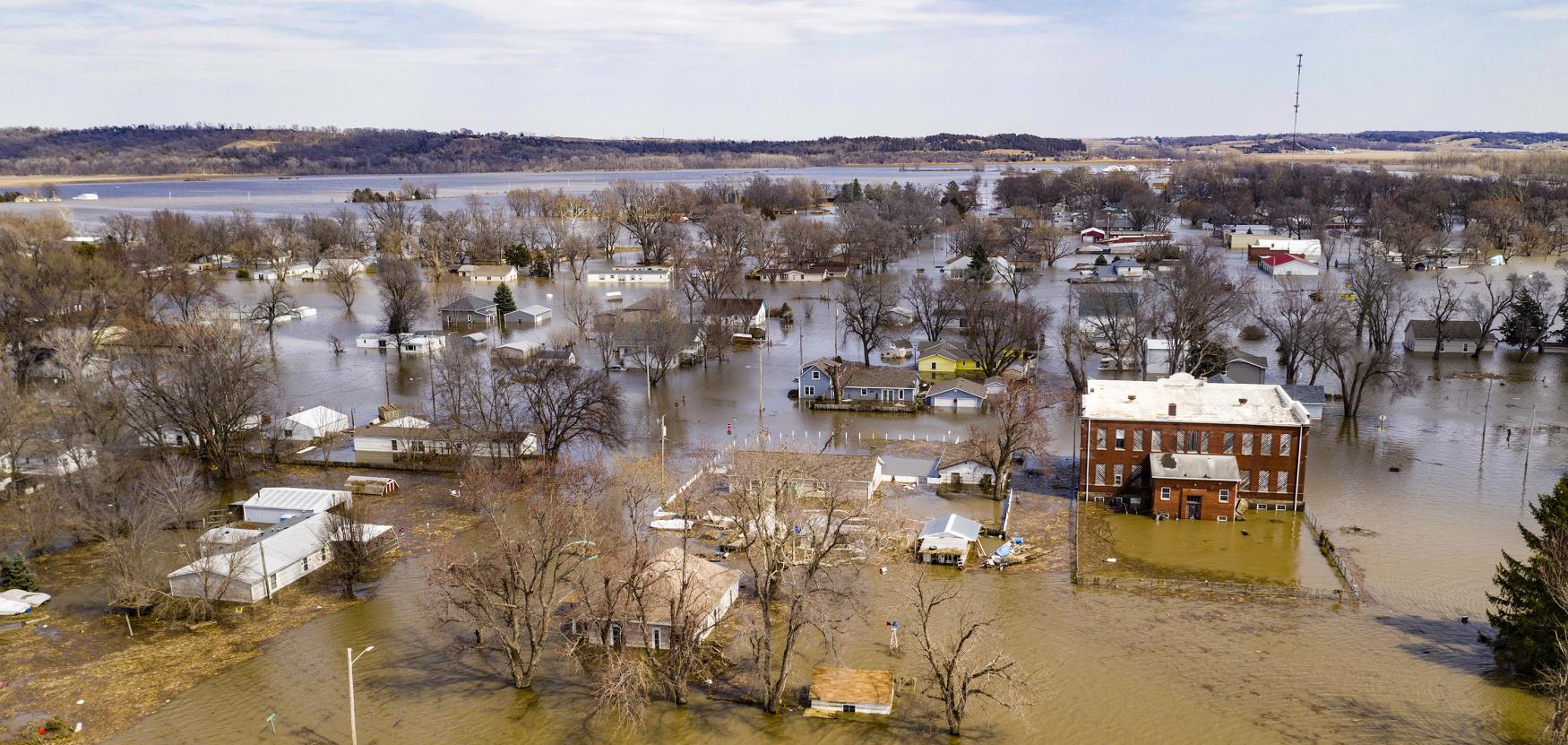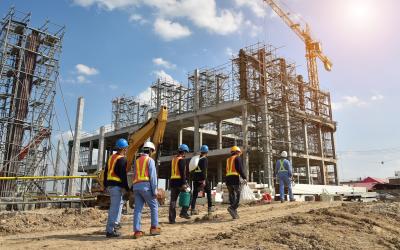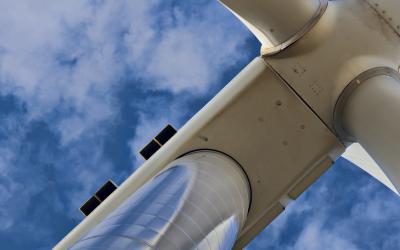Preparing our communities for the impacts of climate change is a key component of Minnesota’s Climate Action Framework
Have you noticed Minnesota is getting warmer and wetter? You’re not imagining things. Each of the top ten warmest and wettest years on record have all occurred since 1998. Heavy rains are now more common in Minnesota and more intense than at any time on record. Increases in precipitation, and other extreme weather, all contribute to flooding, erosion, declining water quality, and negative impacts on transportation, agriculture, human health, and infrastructure.
Local governments and partners across Minnesota now face the challenge of preparing their communities for these changes – with tight budgets and infrastructure that is rapidly aging. BJ Allen, Deputy Director of Environmental Planning at the Region Five Development Commission, sees this challenge every day in her role. “Certainly our rural communities oftentimes do not have the capacity to seek funding or additional support for projects that they would love to implement,” said Allen. “These planning and infrastructure updates are often about meeting our basic needs. Things like water, food, and shelter.”
The Resilient Communities goal of Minnesota’s Climate Action Framework shares a vision for Minnesota where our communities have the resources to implement projects that will build a more resilient future for themselves. Some of the actions we will take to achieve this vision include…
- Expanding green infrastructure and stormwater management to control flooding, restore lost habitat, and improve water quality.
- Assessing vulnerabilities at critical facilities using climate projections to predict future hazards and make plans to ensure continuity of operation.
- Combating urban heat islands by providing funding and technical assistance to help communities reduce their urban heat island effect.
Building resiliency will require localized planning, action and expertise from federal, state, tribal, and local governments, researchers, businesses, and community members. In addition to support from different levels of government, educational institutions and organizations can provide training and technical expertise to help communities understand their vulnerabilities to climate change and implement strategies to build resilience.
Luckily, there are many co-benefits to building resilient communities.
- Resilient ecosystems that provide habitat, protect water quality, promote the inherent value of wildlife and plants and their right to exist, and support tribal hunting and gathering.
- Jobs in emergency preparedness, community resource and asset management, and planning and implementing resilience projects, particularly for stormwater and wastewater systems.
- Parks, natural areas, and community forests that nurture community well-being and require less energy to maintain.
- Well-designed buildings, critical facilities, and infrastructure that require less ongoing funding and repair.
- Residents feeling safe and healthy in their communities.
Read more about the Resilient Communities goal of Minnesota's Climate Action Framework.



